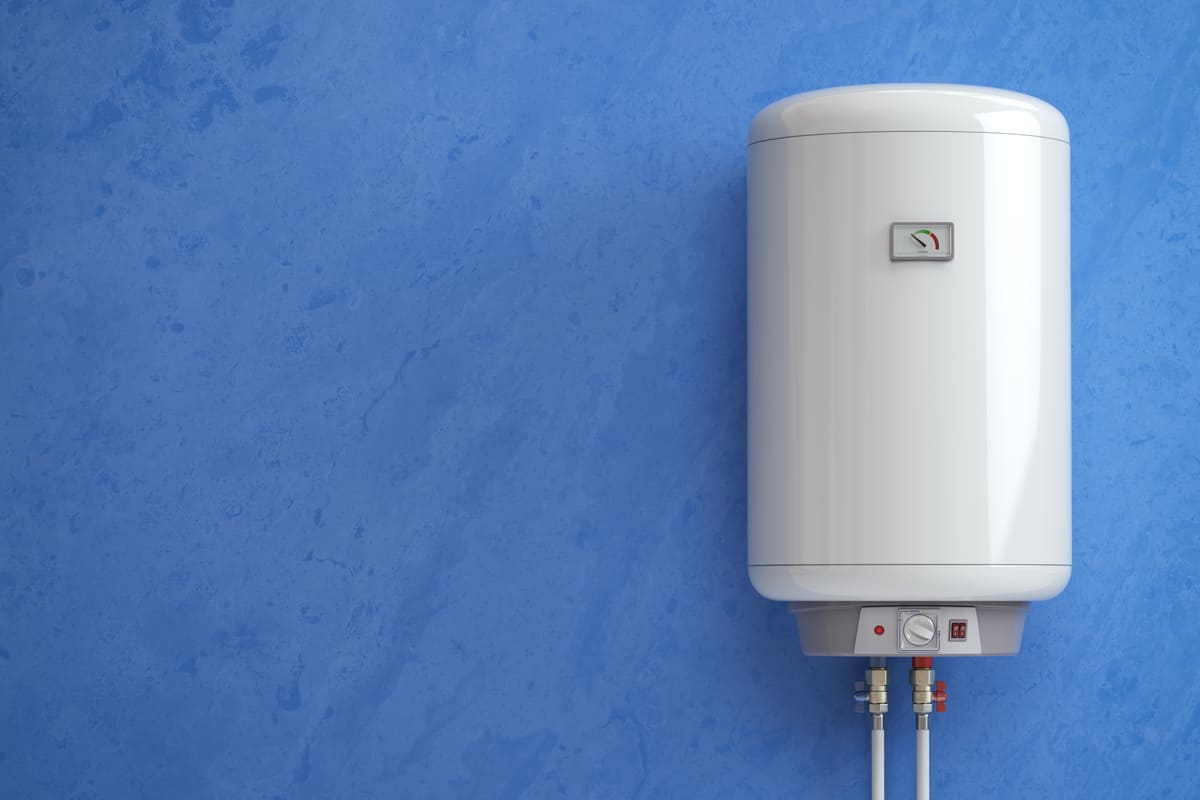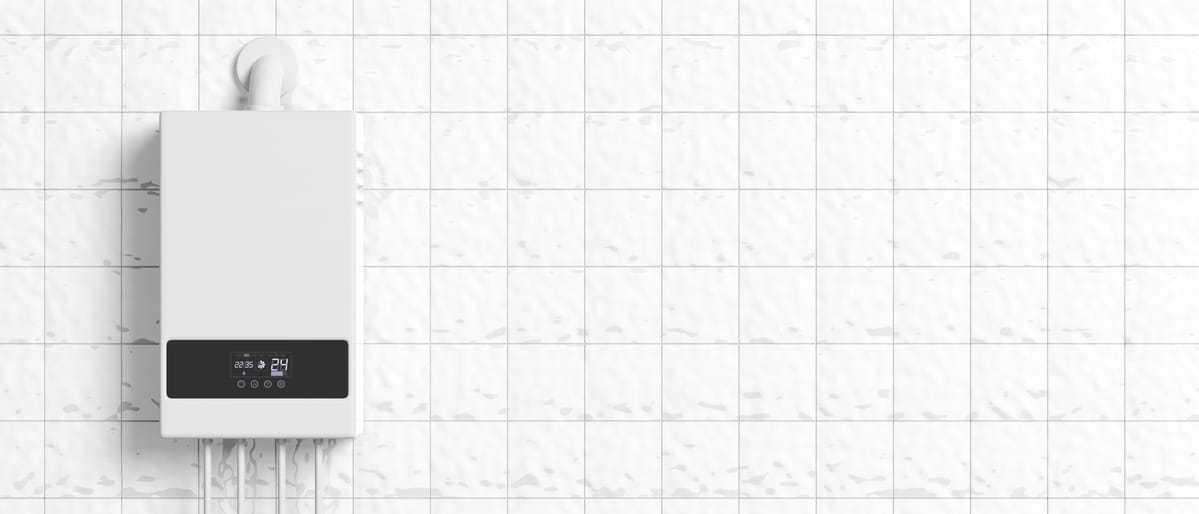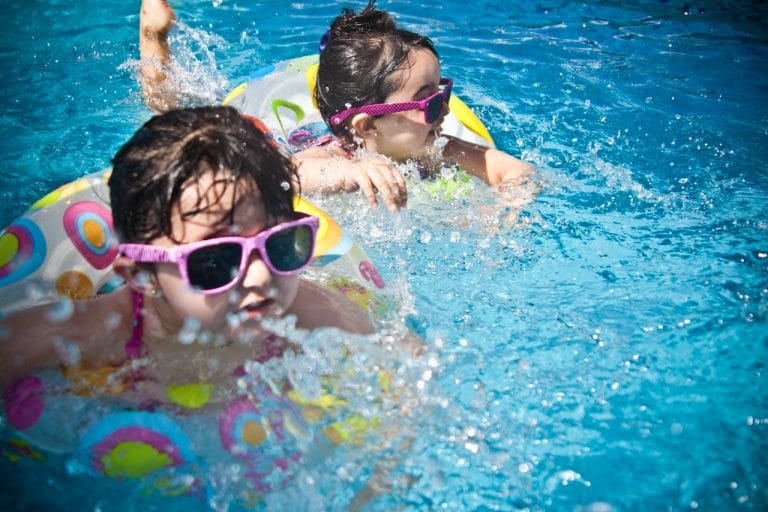Geysers, or water heaters, are essential home appliances that provide hot water for our daily needs, especially during colder months. They offer an efficient way of heating water for your bathroom and can make it a lot more comfortable. This article will discuss how to properly use a geyser in your bathroom while considering different types of geysers, safety tips, and precautions.
What are geysers?
Geysers are water-heating devices commonly used in homes and commercial establishments. They use gas or electricity to heat a tank full of water. The heated water is then available for household tasks such as bathing, dishwashing, or laundry. Geysers provide a convenient and efficient way to access hot water.
How to use geyser: Step-by-Step Guide?
To use a geyser for your bathroom, there are a few steps you need to follow.
Step 1: Installation
Before using a geyser, ensure it has been installed correctly and securely. Safety guidelines suggest geysers should be installed at least 1.8 meters (5.9 feet) above the bathroom floor to avoid potential accidents. Installing the geyser away from wet areas is also essential to ensure safety.
Step 2: Turning on the Geyser
Depending on your geyser type, you’ll either need to turn it on using a switch or a knob. Generally, electric geysers will have a switch, while gas geysers may have knobs to control the temperature and gas flow.
Step 3: Waiting for the Water to Heat Up
Electric geysers typically require a few hours to heat the water to your desired temperature. For instant geysers, it takes just a few minutes. Plan accordingly and switch on your geyser before you need hot water.
Step 4: Adjusting the Thermostat
To save on your electricity bill, adjust the thermostat settings on your geyser. Most geysers have an ideal temperature range for both energy efficiency and safety—usually between 55°C (131°F) and 65°C (149°F).
Step 5: Using the Hot Water
Once the water is heated to your desired temperature, you can begin using it. Make sure to turn on the hot water tap slowly to avoid any sudden release of hot steam or water that could cause burns.
Step 6: Turning Off the Geyser
After you use the hot water, don’t forget to switch off the geyser. This step is crucial not only for safety reasons but also for energy conservation.
Step 7: Regular Maintenance
To ensure your geyser runs efficiently and lasts longer, perform regular maintenance. This includes checking for leaks, ensuring the thermostat works accurately, and getting the geyser serviced by a professional. Regular maintenance can help prevent potential issues and keep your geyser in optimal working condition.

Types of Geysers and How to Use Them
Many types of geysers are available on the market, each with its own set of features. Here are some common types and how to use them:
1. Gas Geysers: Gas geysers are powered by natural gas or propane and require ventilation for exhaust gases. They have knobs to control temperature and flame, making it a good choice if you’re looking for instant hot water. To use it:
- Light the pilot light, if applicable.
- Turn on the gas valve to flow the fuel.
- Adjust the temperature and flame settings to your desired level.
2. Electric Geysers: Electric geysers are powered by electricity and require no ventilation for exhaust gases. They usually have a switch to turn them on/off and a thermostat to set the temperature. To use it:
- Make sure the geyser is plugged into a power source.
- Set the thermostat to your desired temperature.
- Turn on the switch and wait for the water to heat up.
3. Solar Geysers: Solar geysers are powered by solar energy and require no additional fuel sources. They are the most energy-efficient option and offer a more sustainable water heating alternative. To use it:
- Make sure the solar panel is exposed to direct sunlight.
- Ensure that all the connections are secure and in place.
- Set the temperature on your controller (if applicable).
4. Tankless Geysers: Tankless geysers are compact and more efficient than other geysers. They provide instant hot water without the need for storage tanks. To use it:
- Ensure it is connected to a water supply line, such as a tap or shower.
- Adjust the temperature setting to your desired level.
- Turn on the switch and wait for the water to heat up.
Furthermore, the use of geysers may vary depending on the type and model. Therefore, consulting with the manufacturer or a professional installer is important to understand how to use your specific geyser best.
Safety Tips and Precautions
Using geysers requires safety precautions to avoid any potential injuries or accidents. Here are some tips to remember:
- Keep the Geyser Area Dry: Ensure the area around your geyser is dry, and avoid splashing water on the device.
- Use a Circuit Breaker: Install a circuit breaker or a safety switch to protect your geyser against electrical faults.
- Regular Maintenance: Regular maintenance, such as checking for leaks, inspecting the thermostat, and cleaning the heating elements, will help prolong the life of your geyser and ensure it runs efficiently.
- Child Safety: Ensure children cannot access the geyser’s controls, as they may accidentally change the temperature settings or switch on the device.
- Ventilation for Gas Geysers: If you’re using a gas geyser, ensure sufficient ventilation in your bathroom to prevent the build-up of harmful gases like carbon monoxide.
- Avoid Overloading the Geyser: Refrain from overloading it with more water than its capacity. This could lead to pressure build-up in the tank, causing it to burst or leak.
- Proper Wiring: Ensure the geyser is properly wired and grounded to prevent electrical shocks. If unsure, get a professional electrician to do the wiring for you.
Conclusion
However, geysers are an important part of any bathroom and can provide hot water on demand if used correctly. You can use your geyser safely and efficiently by following the steps above. Additionally, remember to keep safety in mind and take proper precautions when using a geyser. With this guide, you now have all the vital information you need to safely and efficiently use your geyser.











